Hands-On Review of the DJI Mavic Pro Drone
As a professional, I’m pushing a decade of picture-making but as I get older it becomes more and more difficult to remember exactly when I became a “photographer”. In that time I’ve flown a drone once… yeah, just once and honestly I couldn’t even tell you what type it was that I piloted.
So when I was approached by the good folks over at DJI to review their Mavic Pro I was skeptical I could be converted to one of those “aerial photography” guys.
Well friends, I was 100% wrong in thinking that I would not absolutely love the new-found creative freedom which is found from taking to the air. Come with me, I’m fully prepared to tell you why I’ve instantly become addicted to aerial photo work and the DJI Mavic Pro.
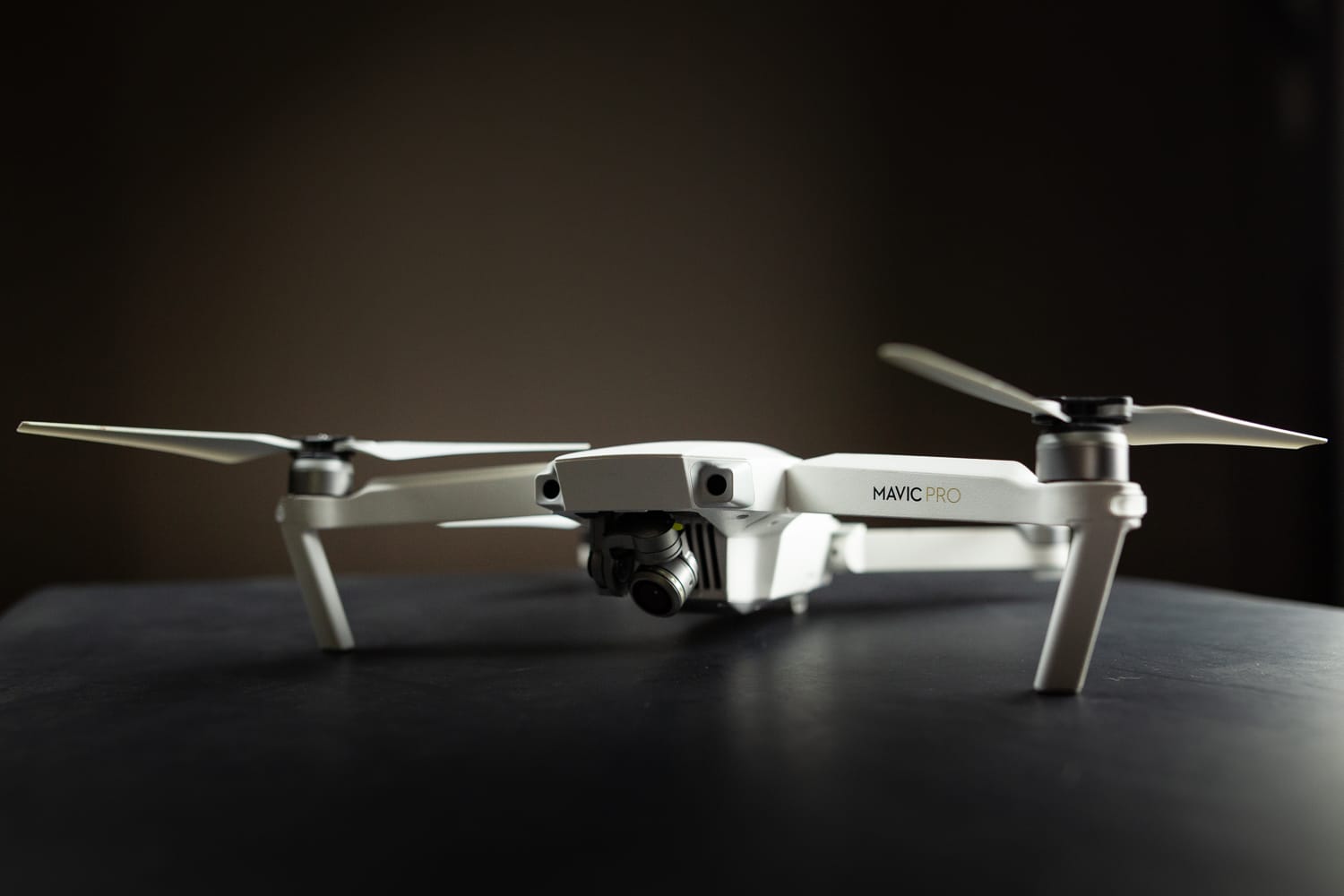
First Impressions
Before I ever received the Mavic Pro I combed over the specifications of the drone. Being primarily a landscape and wilderness shooter with a good bit of my work requiring long ventures into the outdoors with extremely limited space for gear. On paper, the Mavic Pro looked great as fair as size was concerned but when the drone finally arrived I was stunned at how truly small the package was compared to what I was expecting.
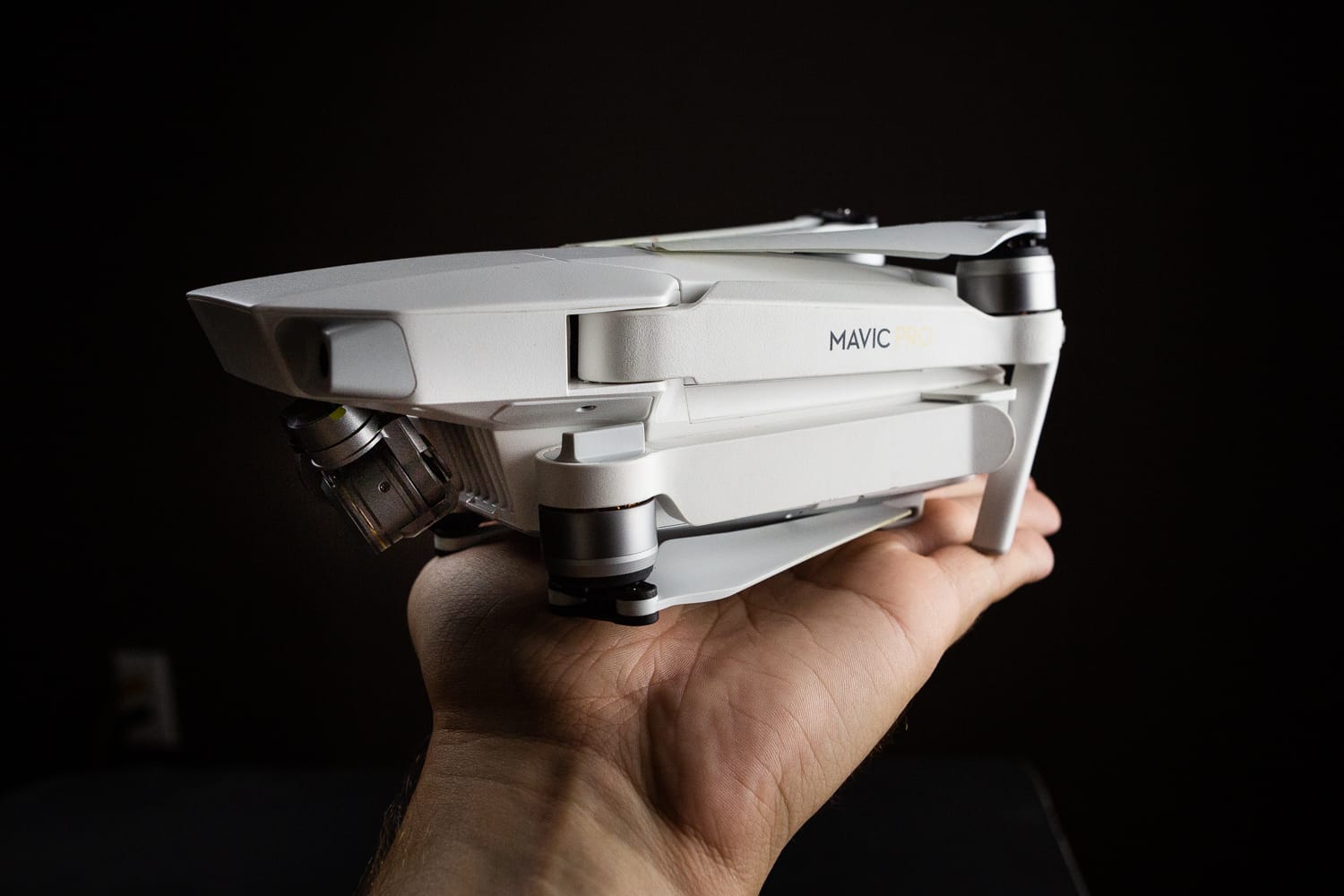
I mean just look at that; the Mavic Pro literally fits in the palm of my hand when it’s in it’s folded configuration. Here it is compared to a standard issue SD memory card (it requires a microSD):
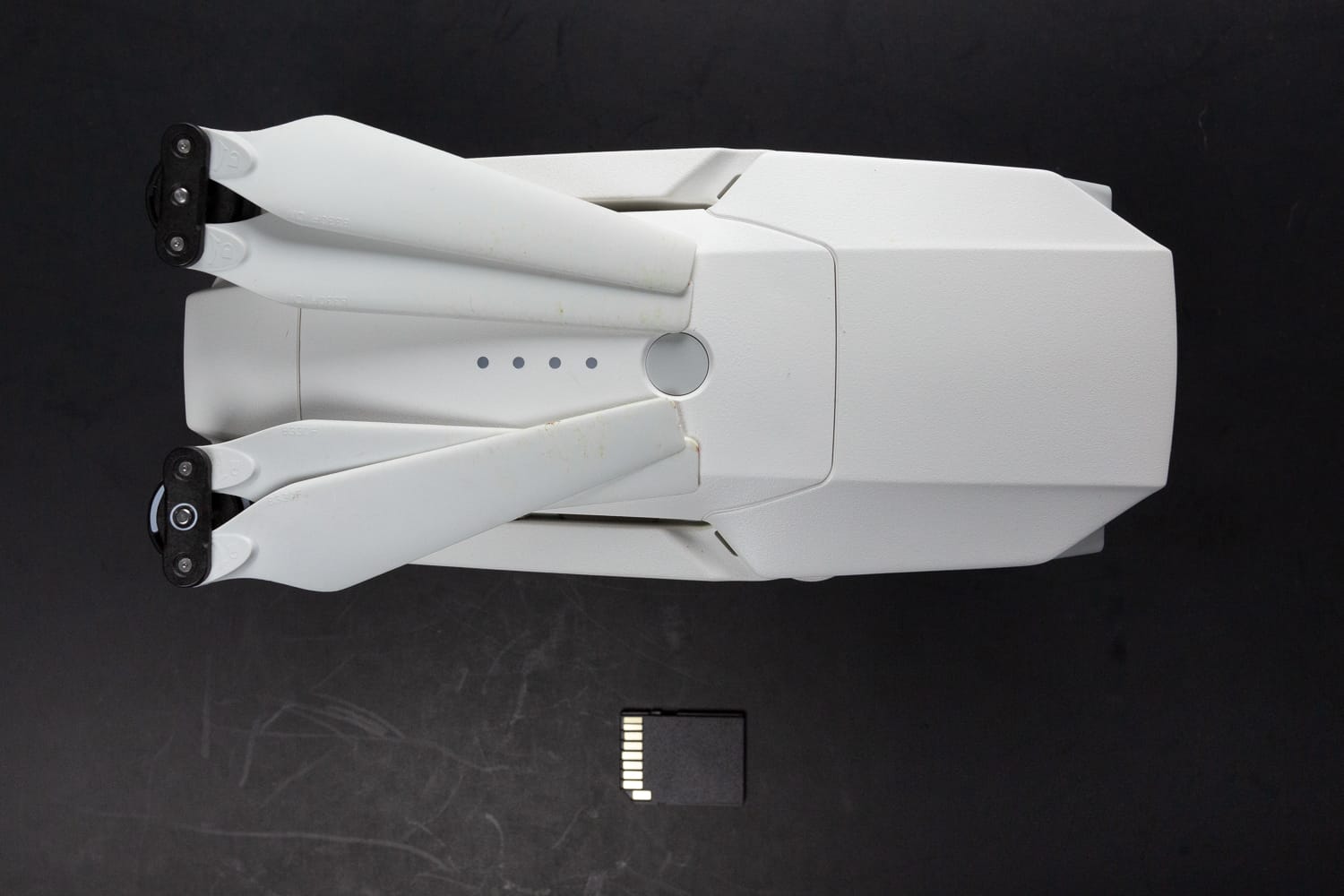
What’s more, the drone was extremely packable due to the external design. It had no problem stowing in multiple backpacks ranging from my extended outing hiking pack to my super small daypacks. In short, the Mavic Pro, along with the controller, could easily be carried with you without chewing up precious real estate in your bag.
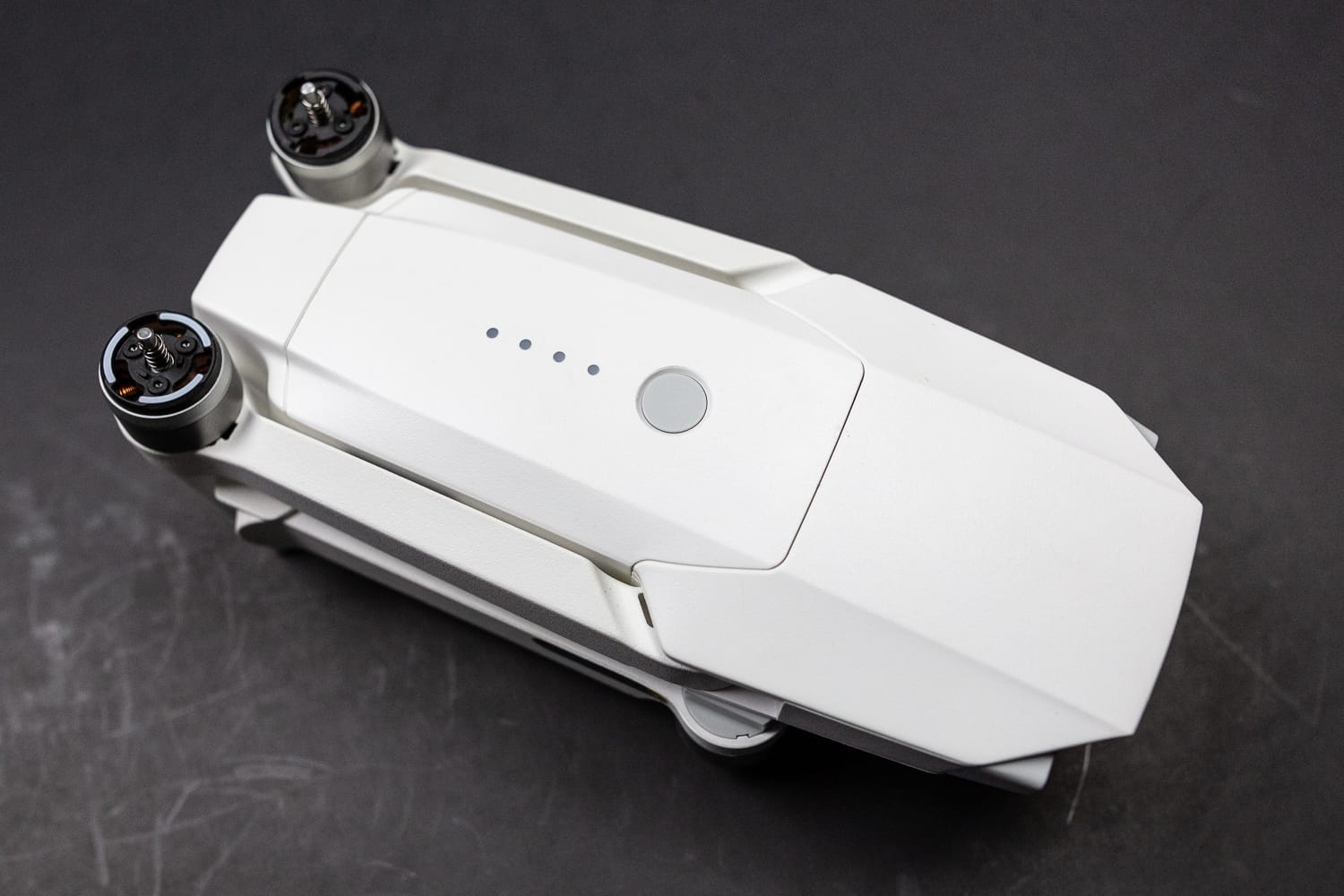
Here’s a list of some of the more practical specifications of the drone that most of us would deem important. For a full and deliciously lengthy spec sheet, check out the DJI website here.
- Folded Dimensions: H83mm x W83mm x L198mm
- Diagonal Size (Propellers Excluded): 13.2 inches (335 mm)
- Weight (Battery & Propellers Included): 1.62 lbs (734 g) without gimbal cover and 1.64 lbs (743 g) with gimbal cover
That total weight, which hovers (drone humor) just over a pound and a half, is weirdly difficult to believe once you hold the drone in hand. I’m assuming the body of the craft is aluminum or a magnesium aluminum alloy. It feels extremely solid and given the sturdiness of the build I’m surprised the Mavic Pro still manages to weight so relatively little. And speaking of that body… I have to say the Alpine White color scheme looks outstanding… dare I say sexy on this drone.
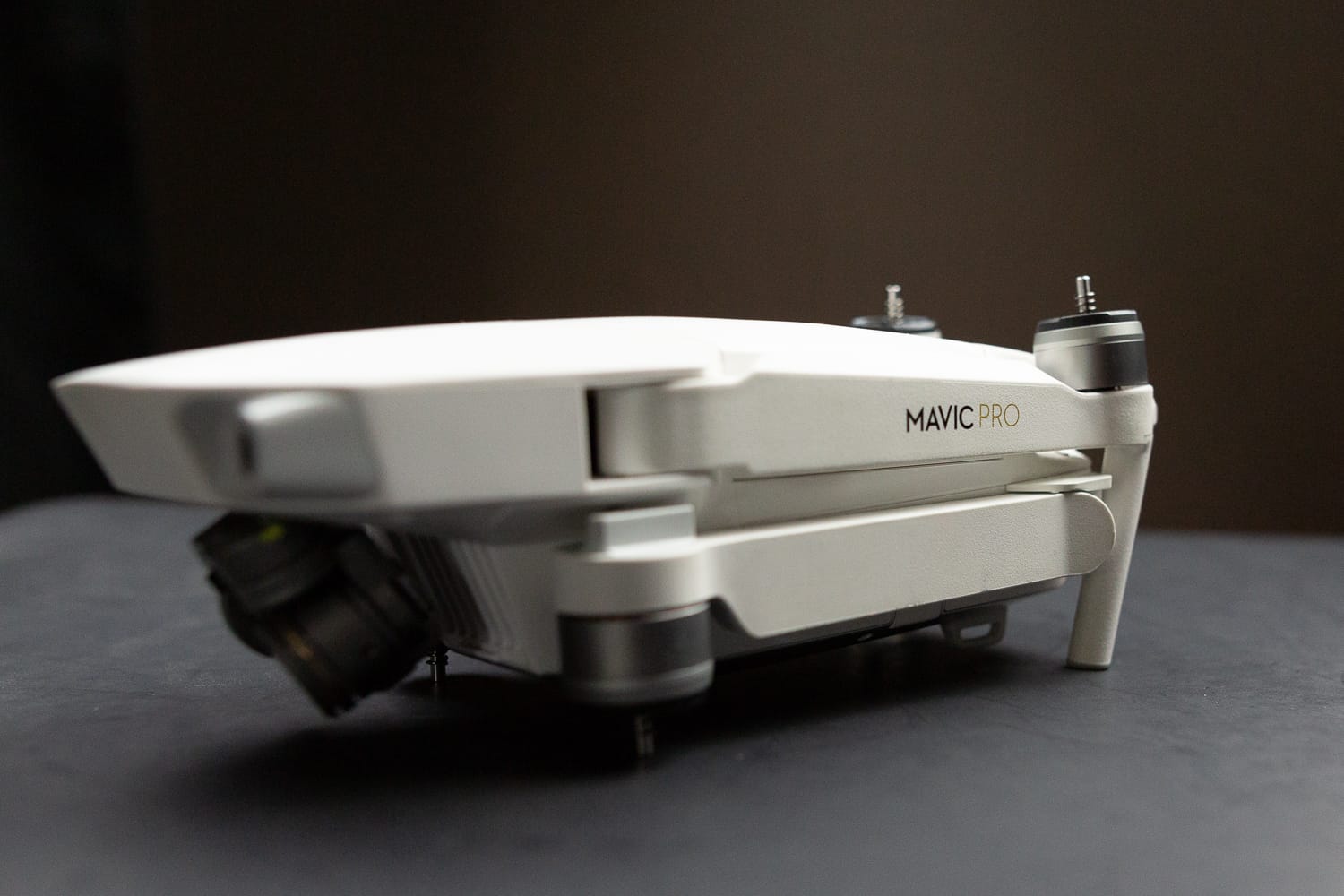
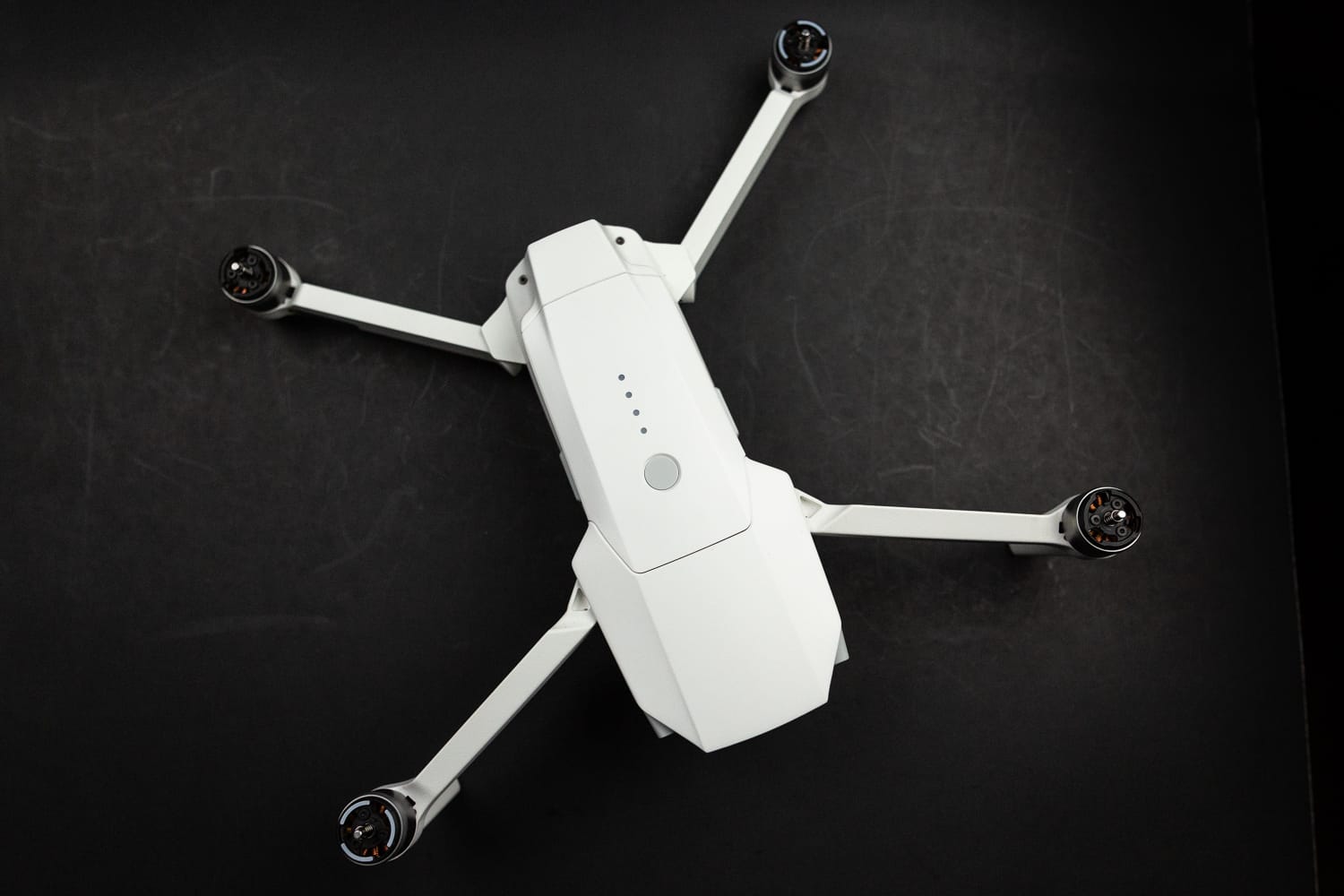
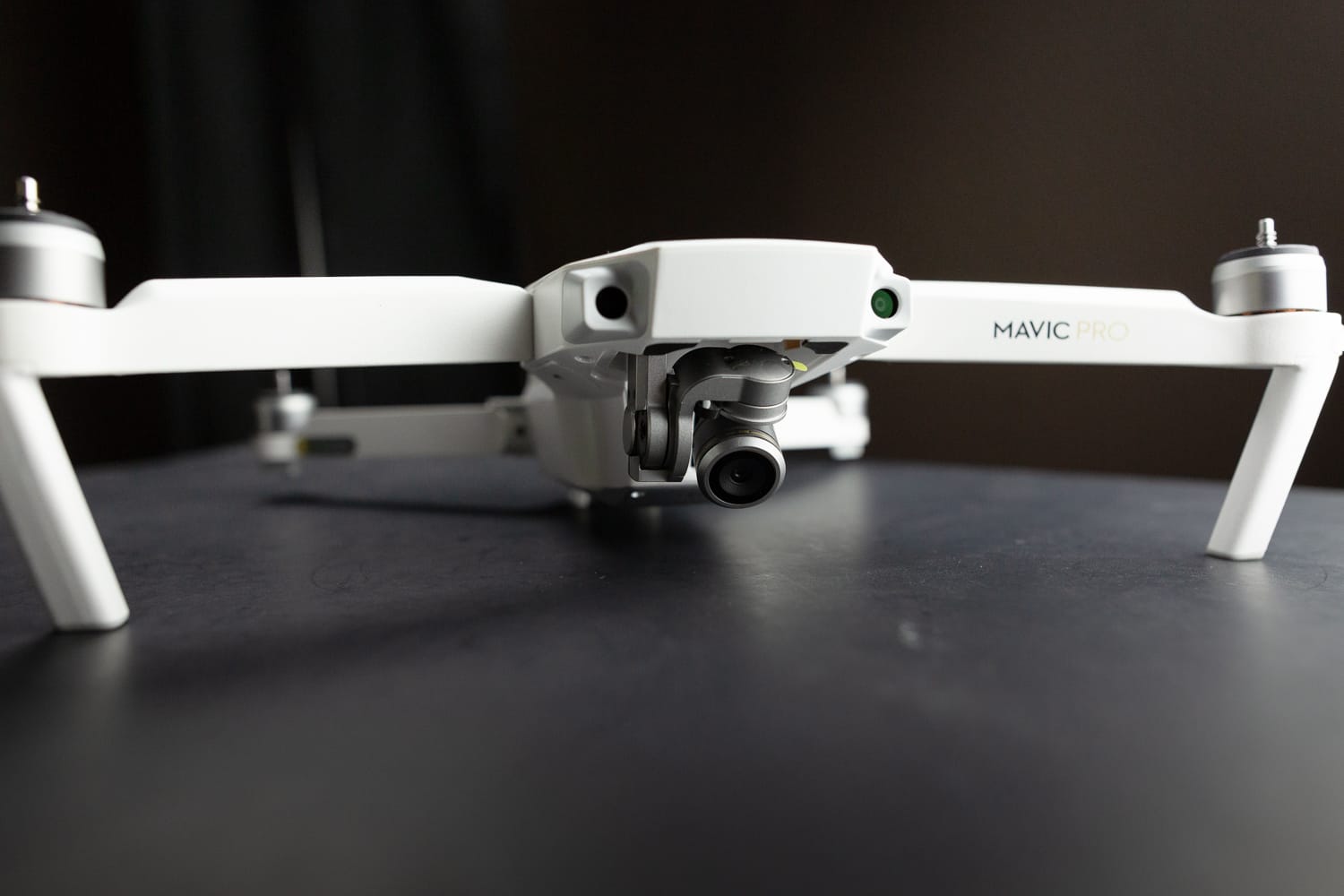
The fit and finish of literally everything on on the drone was immaculate and absolutely gorgeous.
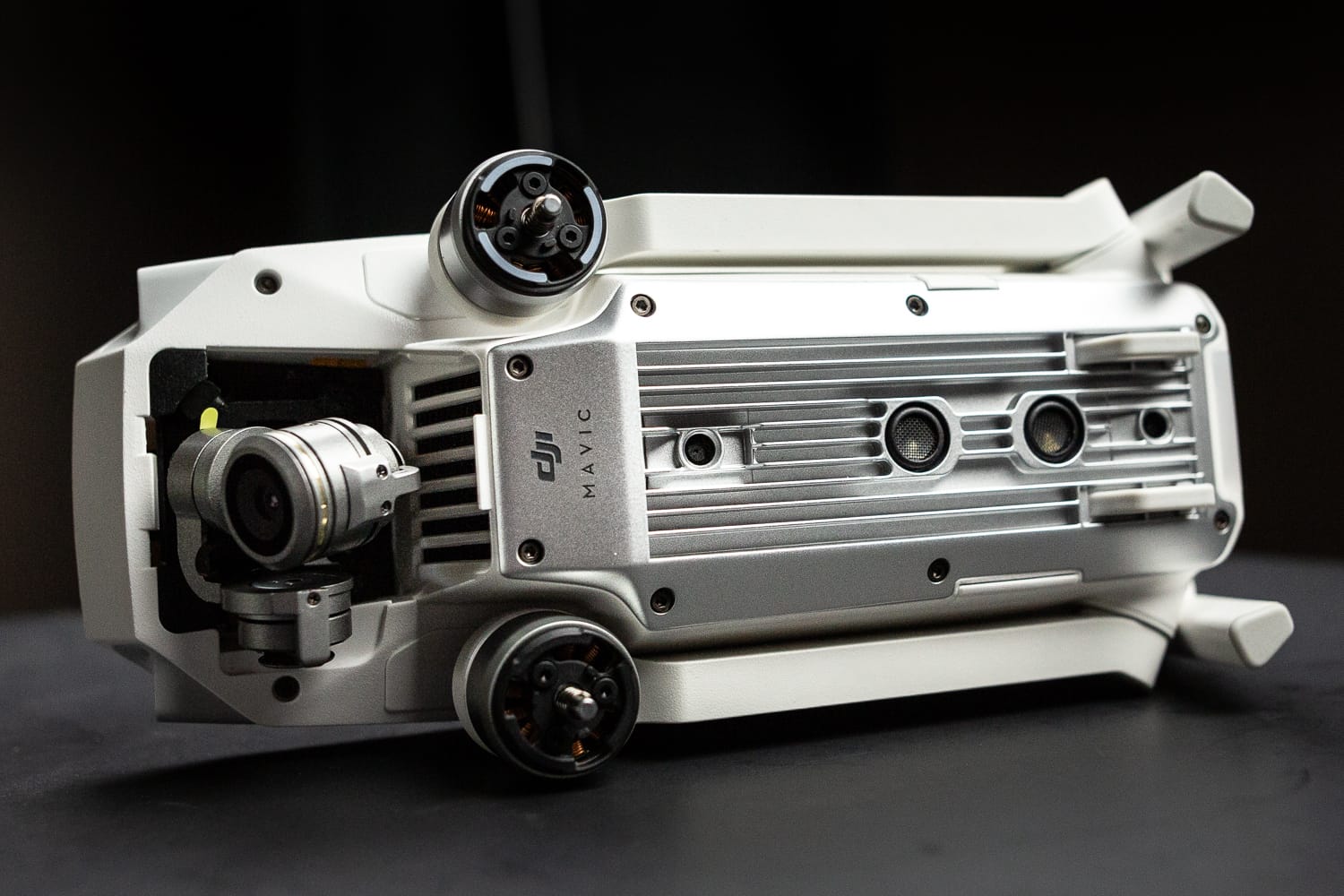
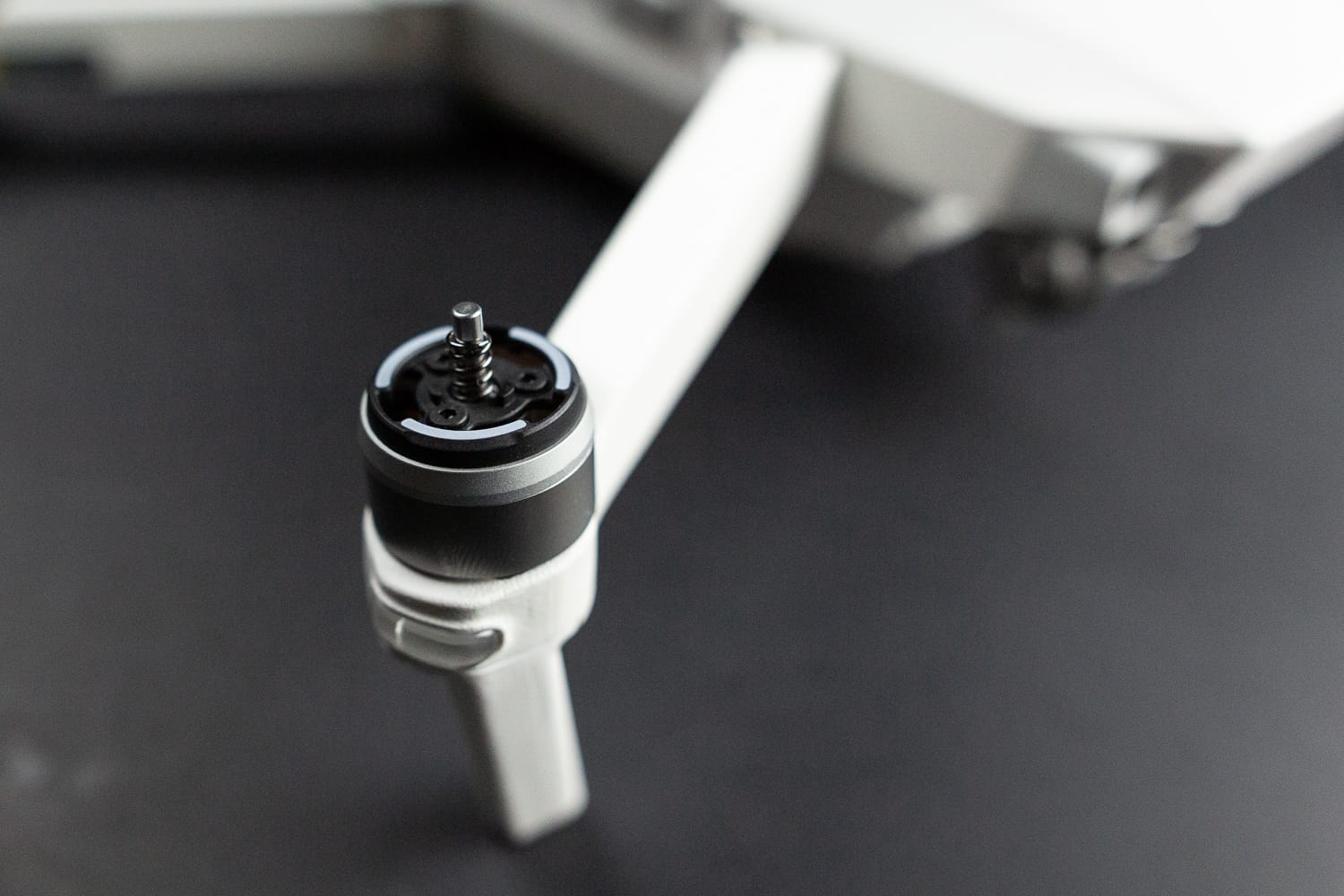
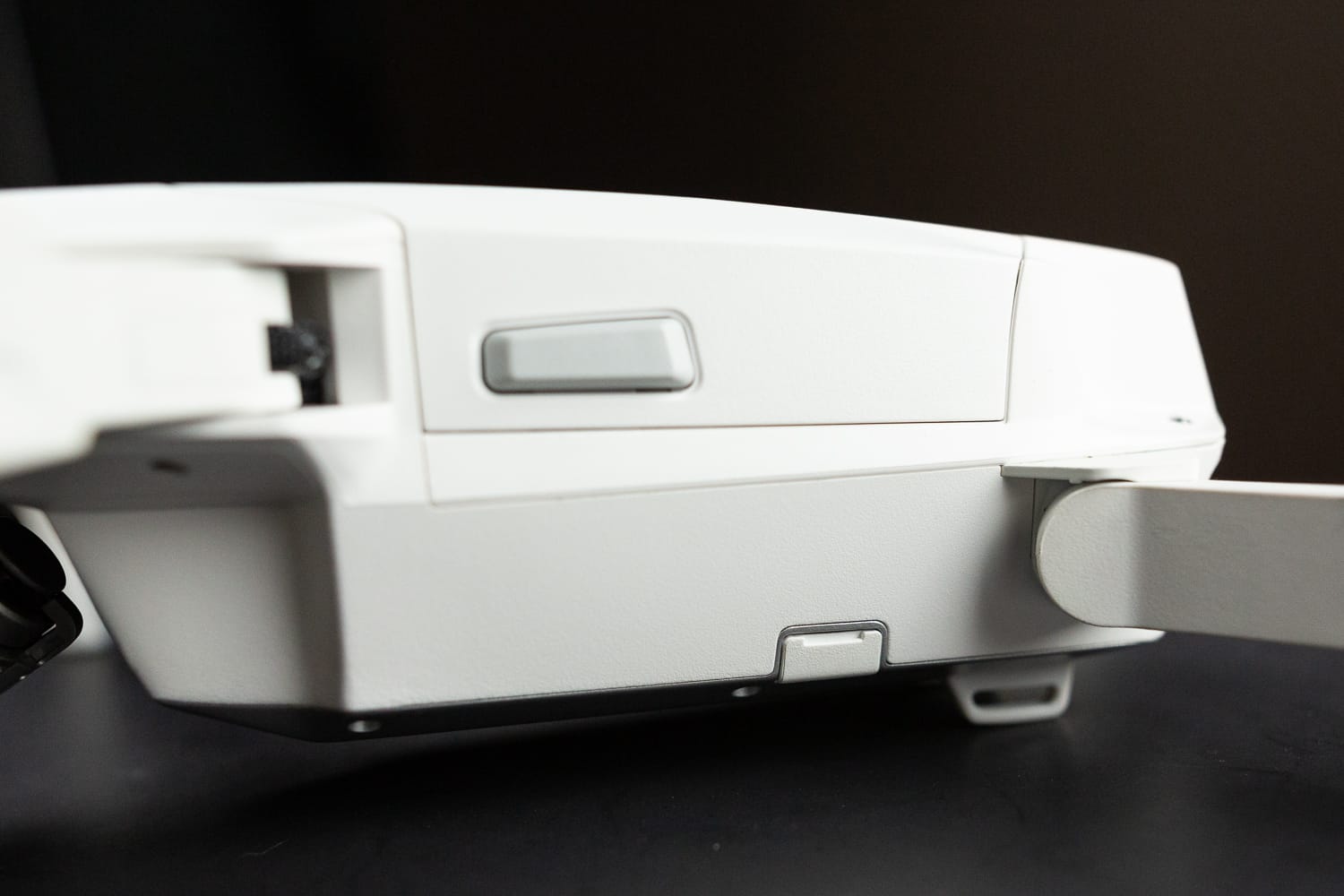
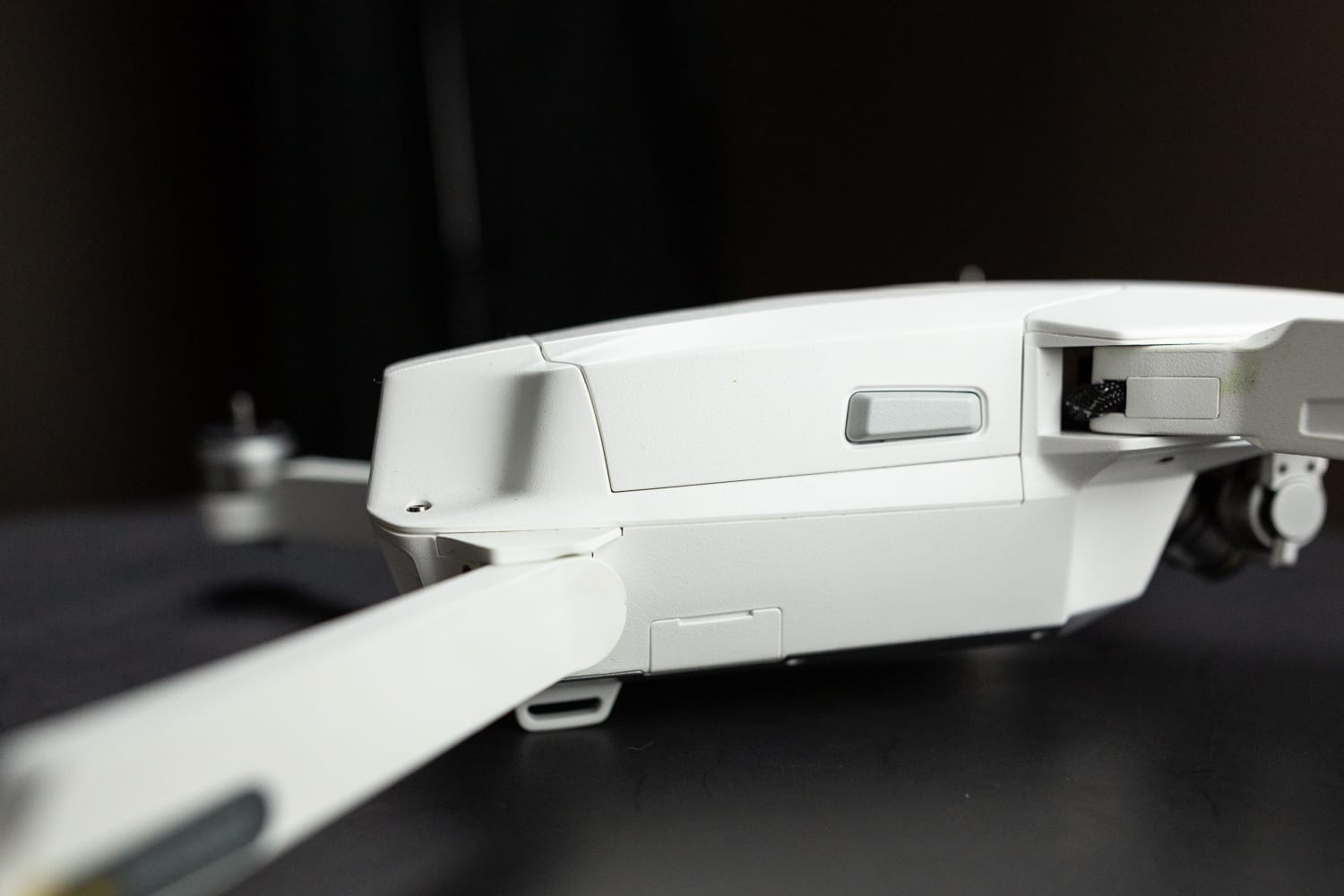
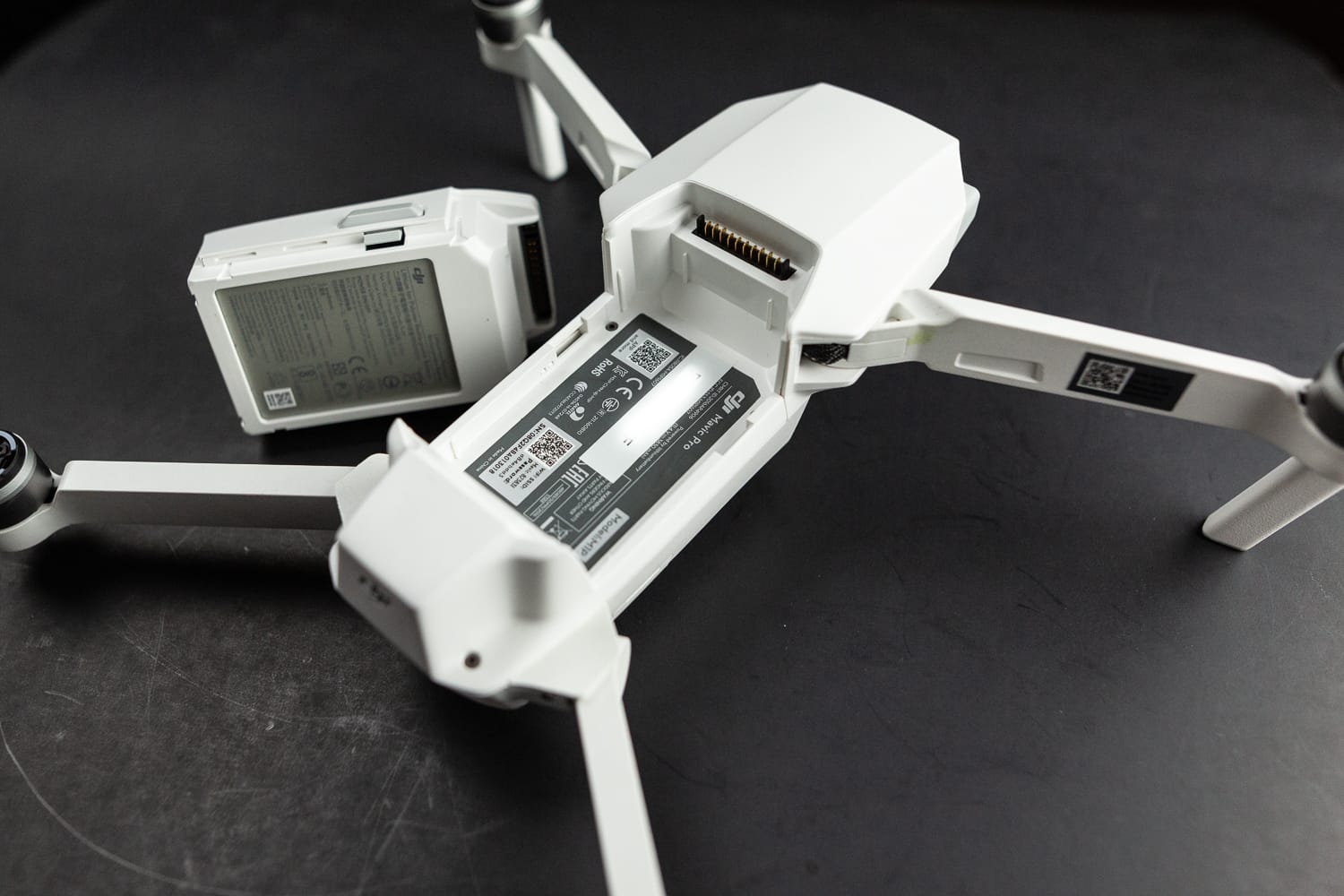
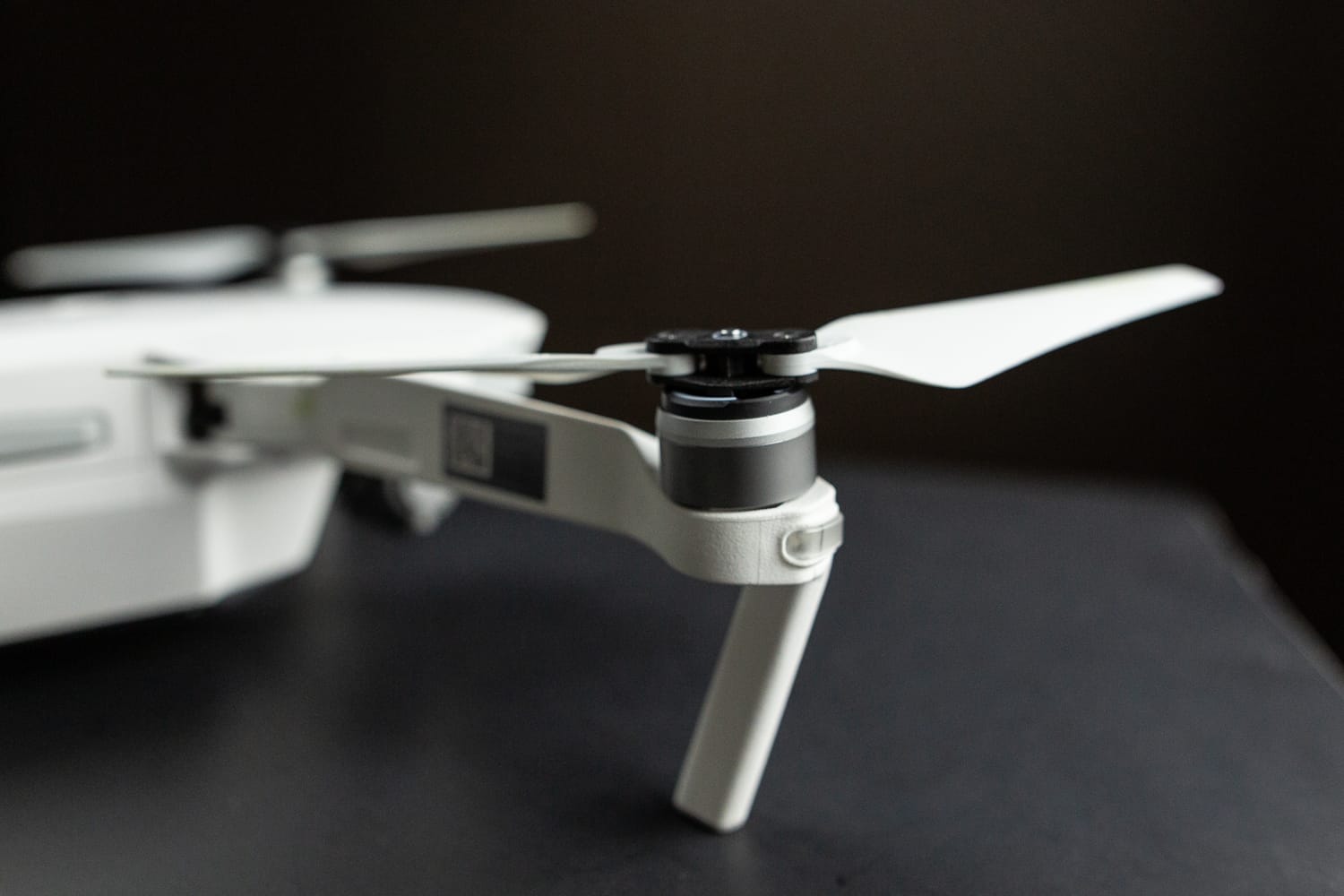
Remote Control
Likewise, the controller was equally compact with both the antenna folding down flush with the body of the remote.
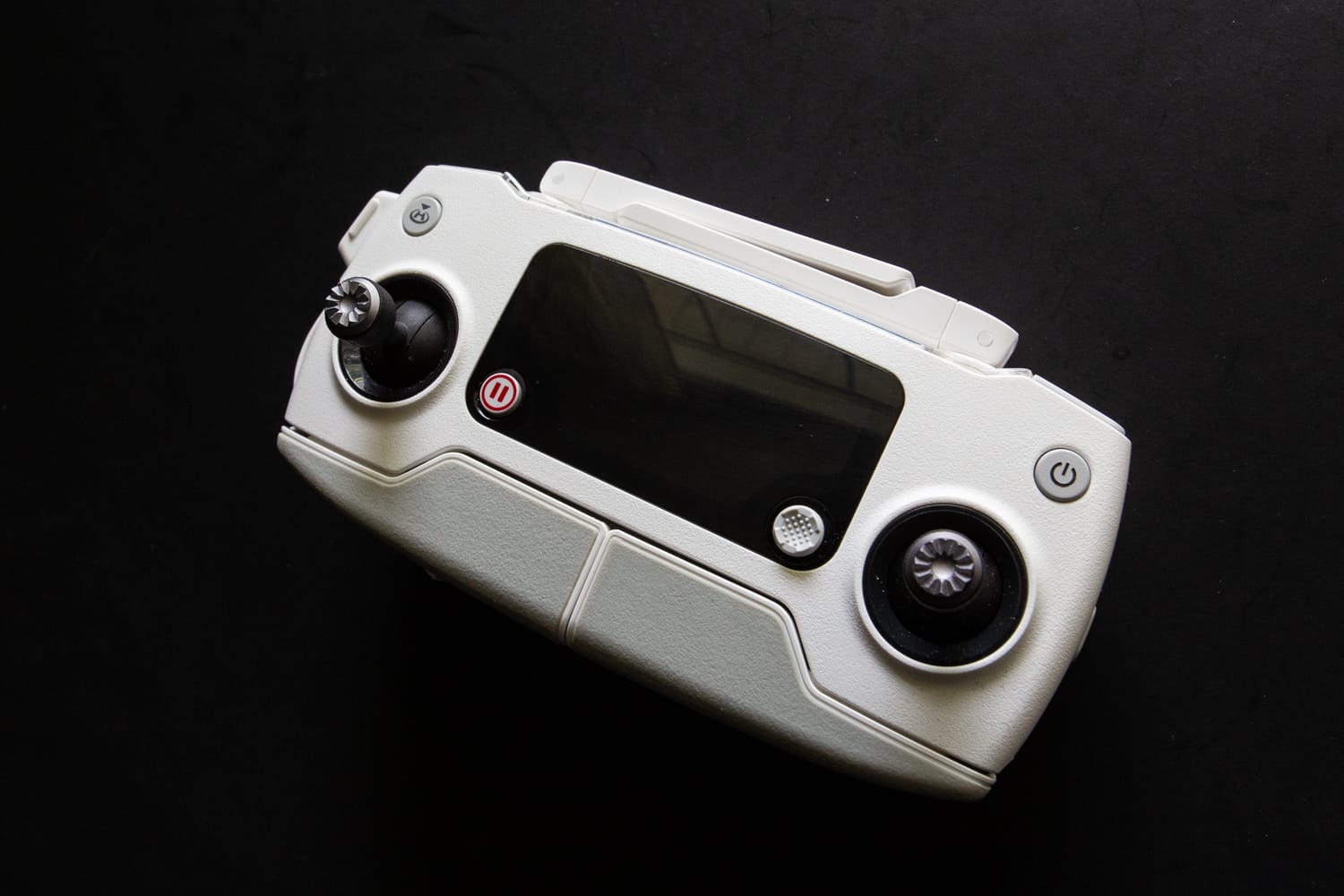
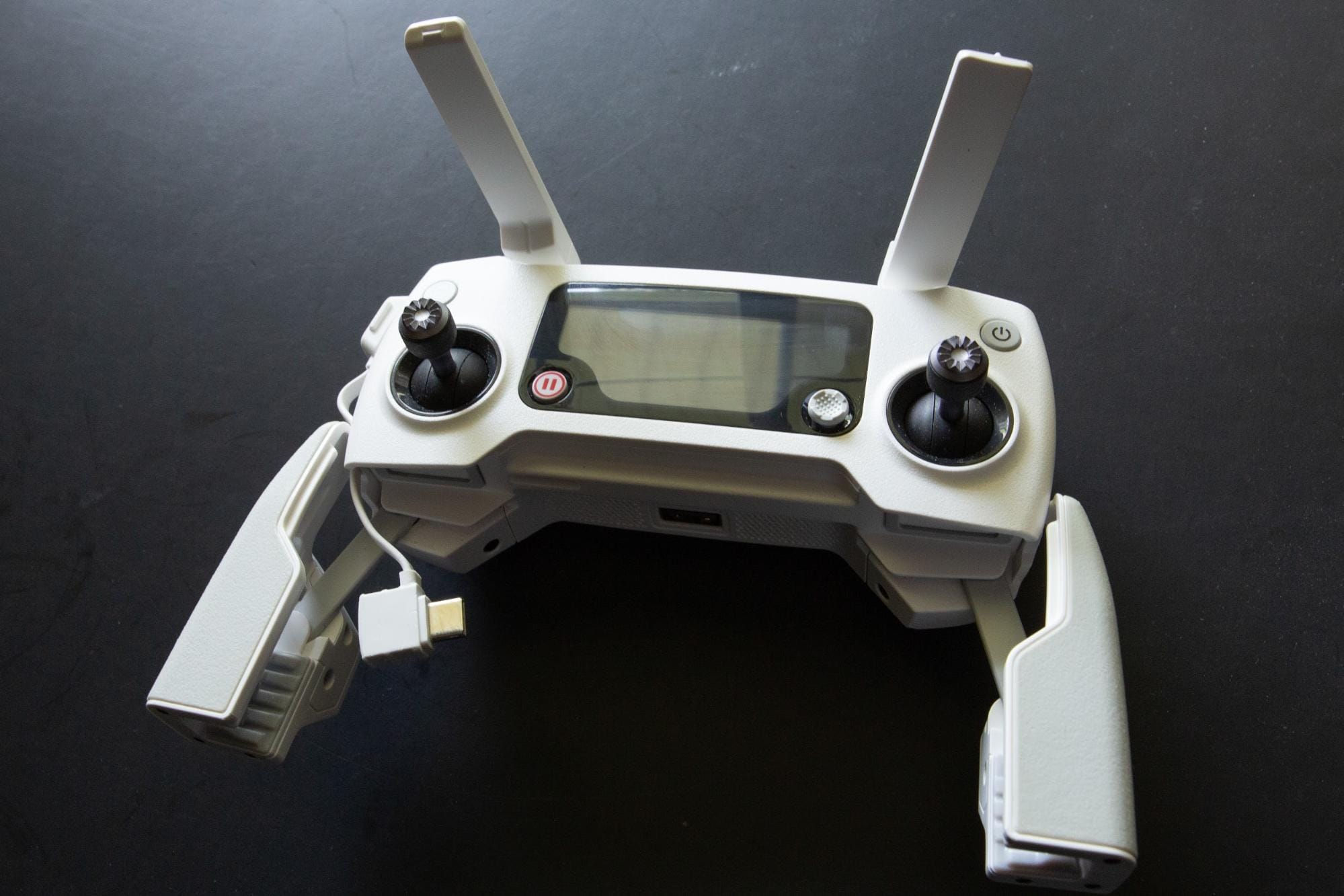
I do wish the joysticks were removable which would make the controller much more streamlined for transport. Such as it is, this is a small issue. Just be mindful of where and how you pack the remote between flights. The Mavic is of course wi-fi and radio controllable; meaning that it can be used with either the remote control only, a mobile device only using the DJI GO app or with your mobile device paired with the remote control. This is the method which provides the most flexibility as it allows the pilot to make use of the full controls while being able to enjoy a real time view.
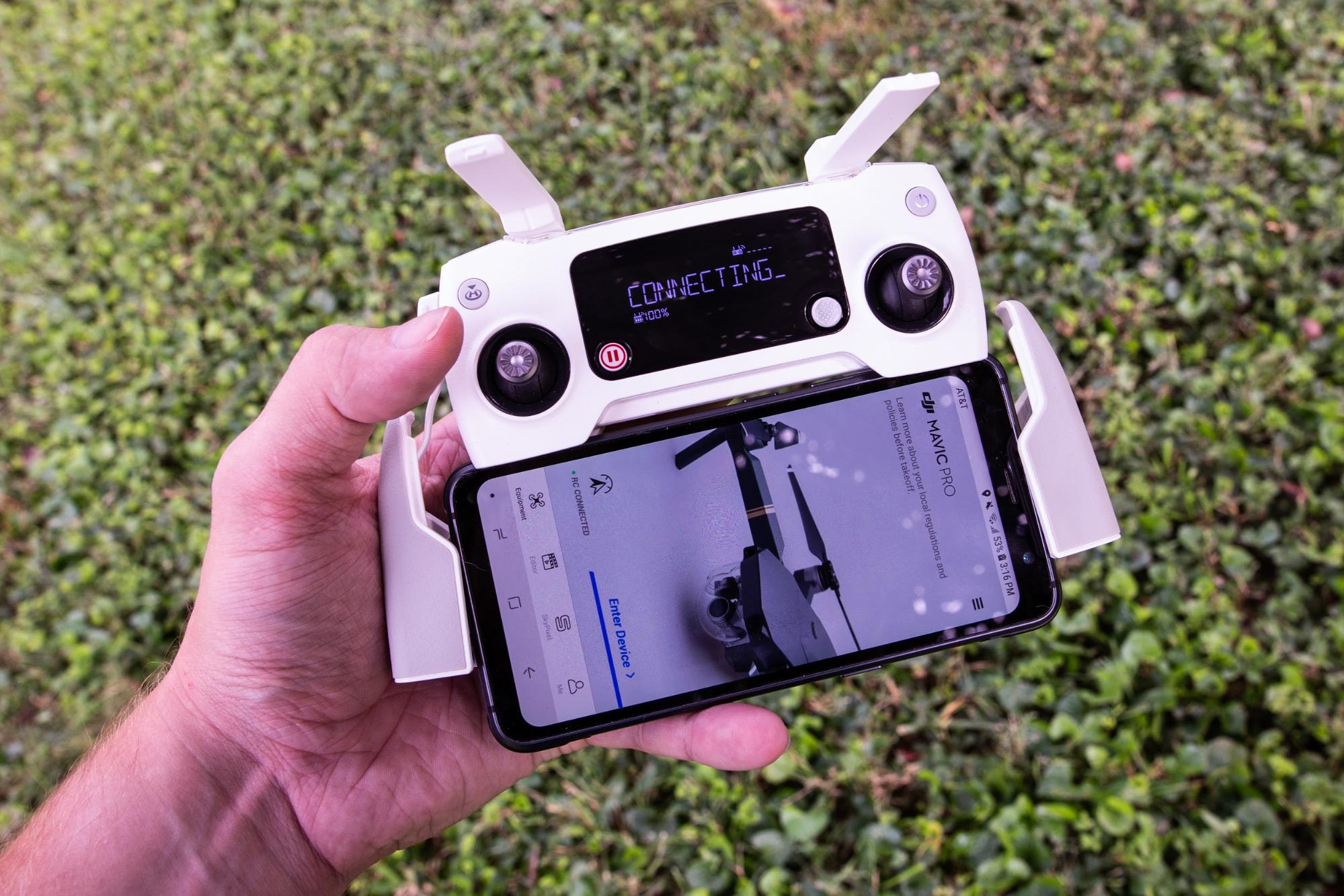
I tested the Mavic Pro with my Samsung Galaxy S8 active but the controller works with virtually any modern mobile device with the provided connectors granted it fits into these specifications:
- Maximum Device Thickness: 6.5-8.5mm
- Maximum Device Length: 6.3 inches (160mm)
- Supported USB port types: Lightning, Micro USB (Type-B), USB (Type-C)™
Aside from the remote control and the drone itself, the other included accessories such as extra propellers, battery and charging cables were of great quality but hey, nothing very exciting. Unless…you’re into that sort of thing. Which is fine.
The Camera
Alright, let’s get down to brass tacks here. Being an admitted camera junky (aren’t we all) I was immensely curious to find out just how the camera on the Mavic Pro would perform. I was stoked to take some video especially when I learned the resolution capability shoots all the way up to C4K.
The image sensor brings 12.35 effective megapixels to the party; add in the fact the Mavic Pro’s camera lens sports a maximum f/2.2 aperture with an exposure range from eight seconds all the way to 1/8000th seconds and things get really interesting really fast. What’s more, still-frame shooting can be recorded in both jpeg and DNG (RAW) which makes for a lot more wiggle room when it comes time for processing.
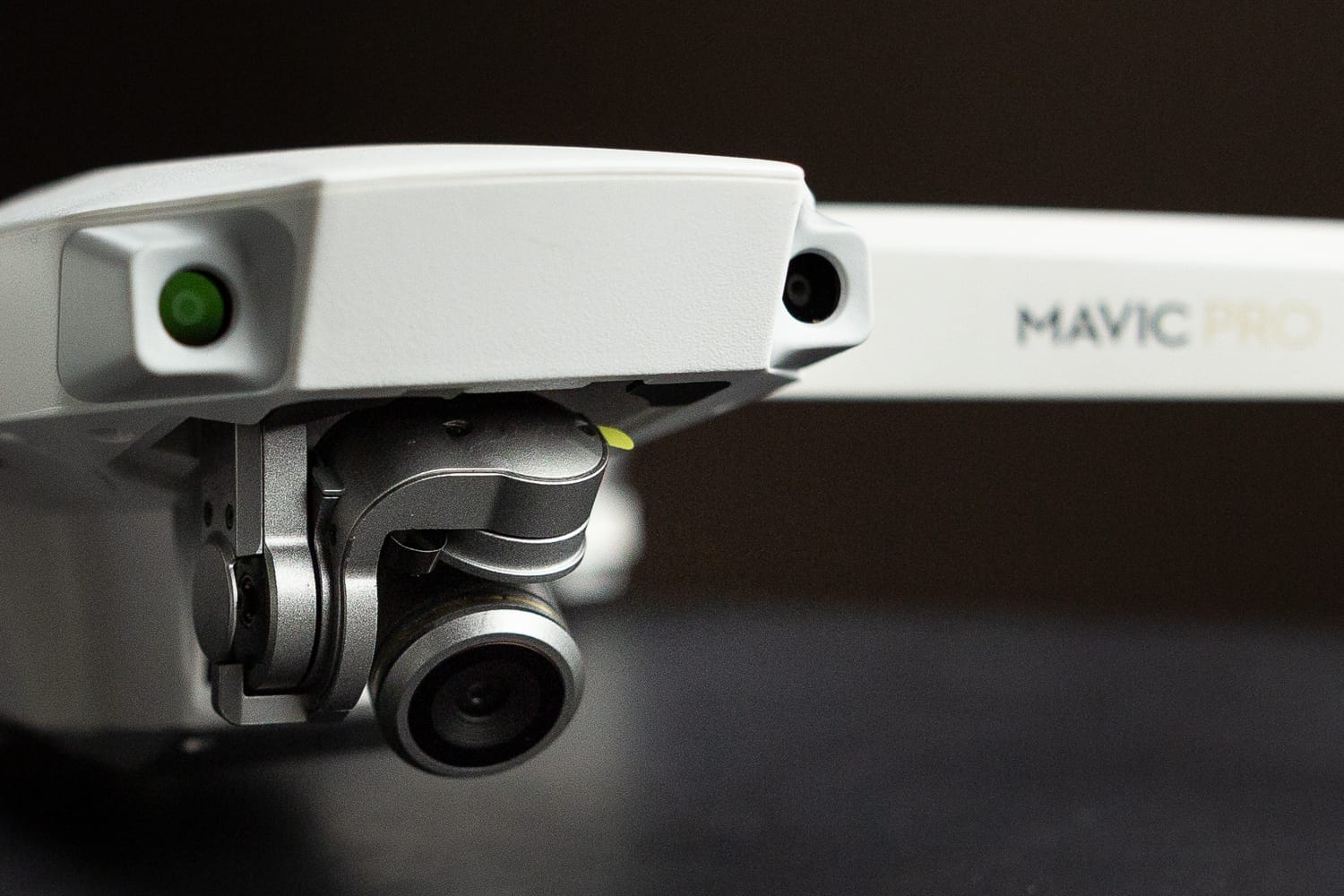
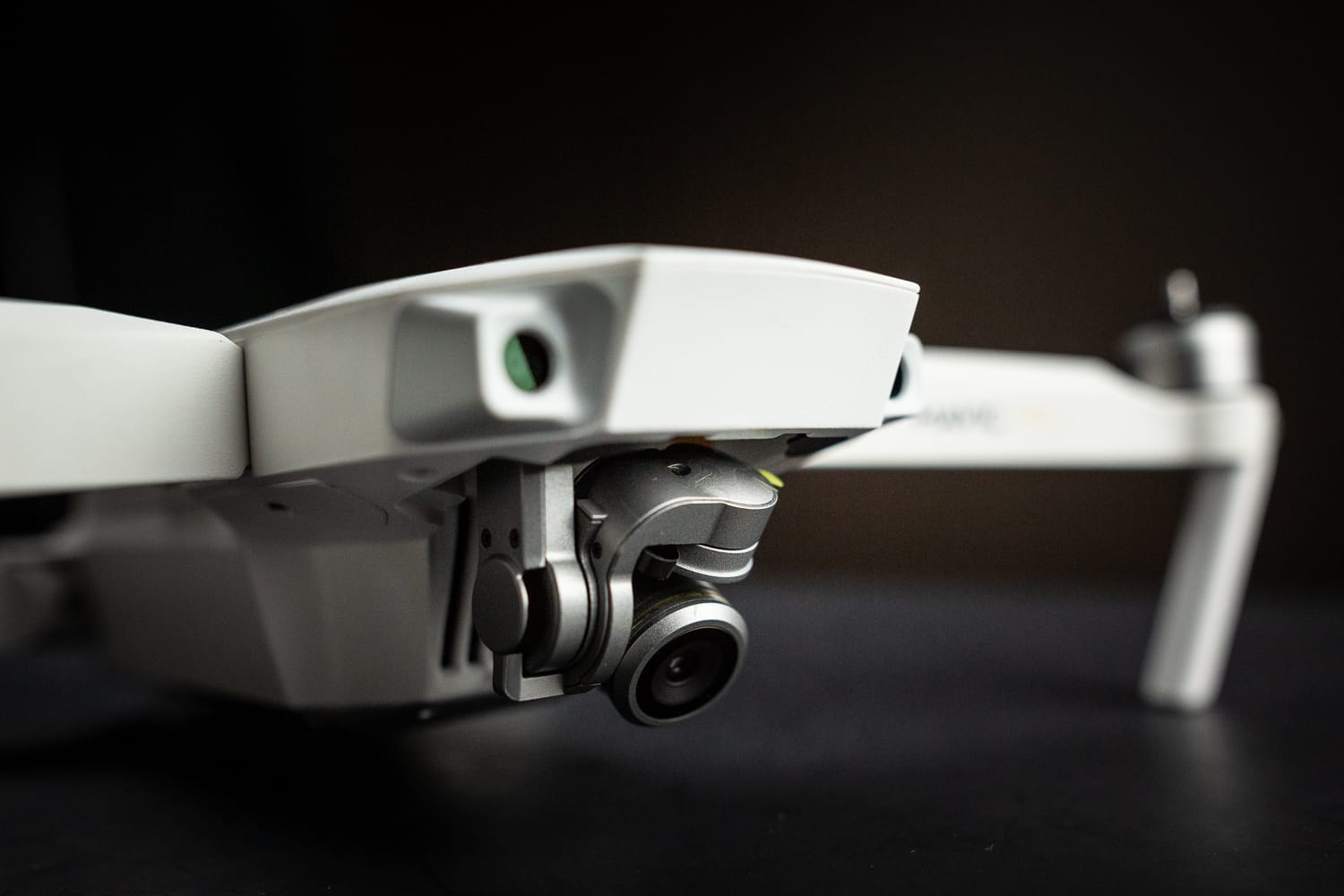
The camera on the Mavic Pro is suspended just beneath the nose and offers a approximately a 79 degree field of view which places it at a 35mm equivalent focal length of around 26mm. Inside the DJI GO app there are quite a view options for camera settings such as burst shooting and bracketing as well as a host of creative filters (think presets) for in-camera effects. We’ll talk about some of the more interesting features of the DJI GO app in just a second.
Flight Performance
In flight, the Mavic Pro was an absolute champion. All the flight controls were immediate and quite responsive even at longer ranged outings. Something I will mention is that there are multiple flight mode configurations (as well as full custom) available for the Mavic Pro controller.
I would strongly suggest switching from the default stick configuration (Mode 2) to Mode 3 which is much more intuitive in my opinion if you’ve spent any amount of time with a video game controller in your hands. Of course, this is only a preference. Here we see the Mavic Pro hovering just after lift off:
The Mavic Pro features forward and downward obstacle avoidance sensors which I’ll admit likely prevented a couple of in-flight mishaps. When the drone senses an obstacle within two feet it will automatically stop itself. This was a feature I loved on this little drone. And don’t let the small size fool you into thinking this is a sluggish aircraft. The Mavic Pro can ascend at a blazingly fast 16.4ft/s (5m/s) in sport mode and is capable of a maximum speed of 40mph (65km/h)!
Here’s a few of the other flight-related specs you’ll want to know about the Mavic Pro:
- Max Service Ceiling Above Sea Level: 16404 feet (5000 m)
- Max Flight Time: 27 minutes (no wind at a consistent 15.5 mph – 25 km/h)
- Max Hovering Time: 24 minutes (no wind)
- Overall Flight Time: 21 minutes (In normal flight, 15% remaining battery level)
- Max Total Travel Distance (One Full Battery, No Wind): 8 mi (13 km, no wind)
The DJI GO App
Even though I connected the Mavic Pro with both wi-fi and radio control all the test flights were done using controller/mobile phone pairing with the DJI GO app. Overall, the application performed great with the exception of some firmware update issues which DJI awesomely helped me out to resolve. Here are a few screenshots of some of the more frequented screens taken from inside the app:
Some of the general preference settings for the camera. Note the inclusion of a selectable histogram and gimbal lock shooting mode.
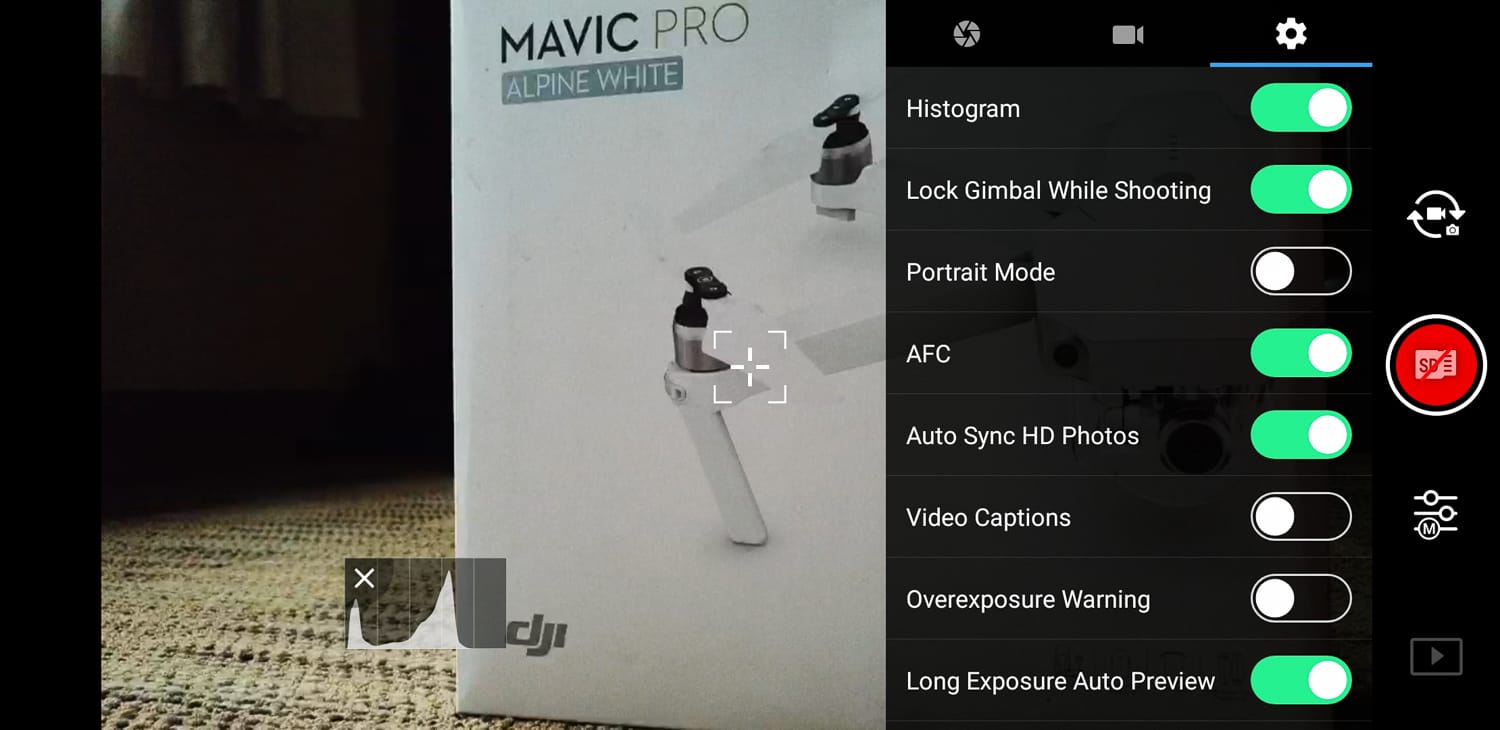
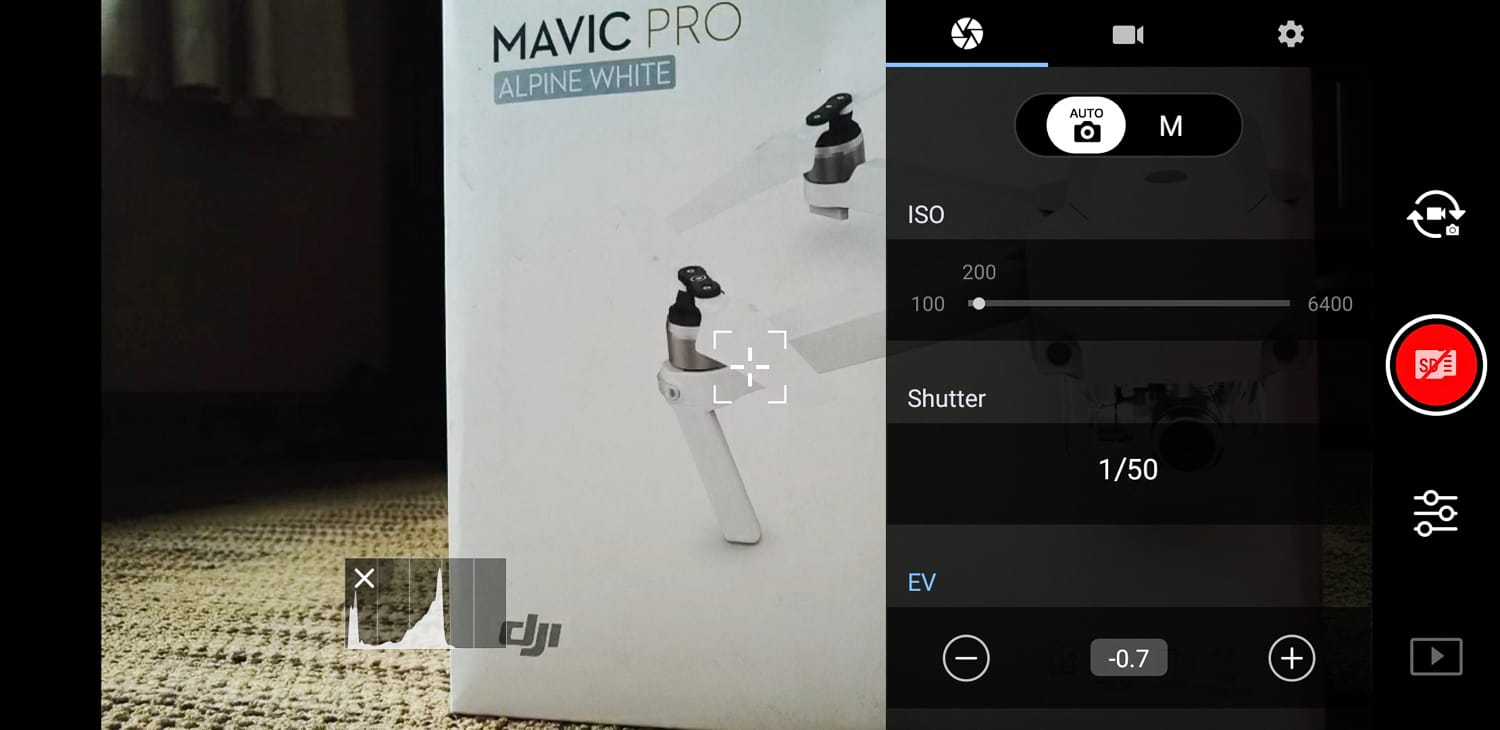
ISO, shutter and exposure compensation in still-frame Auto mode
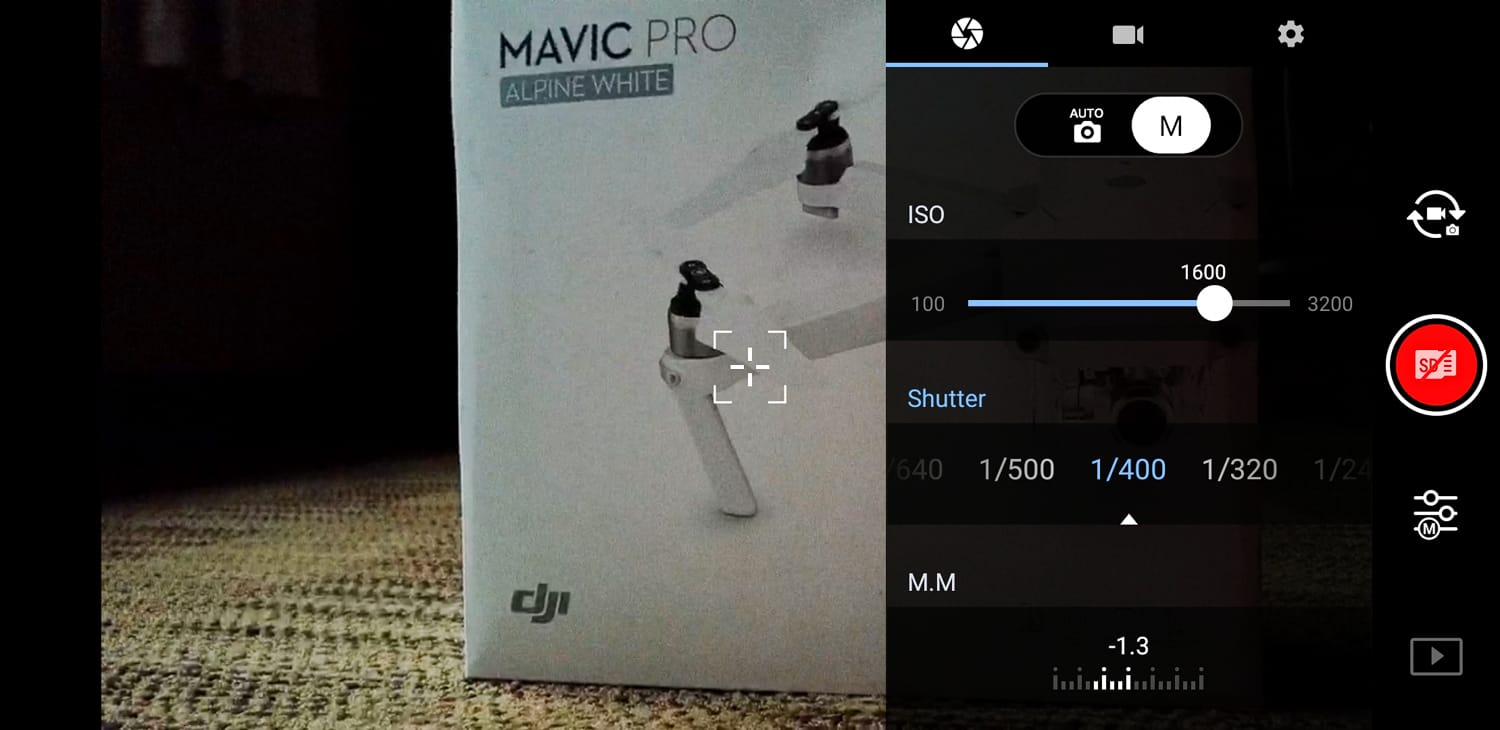
Full manual mode showing the selections for ISO, shutter and exposure meter
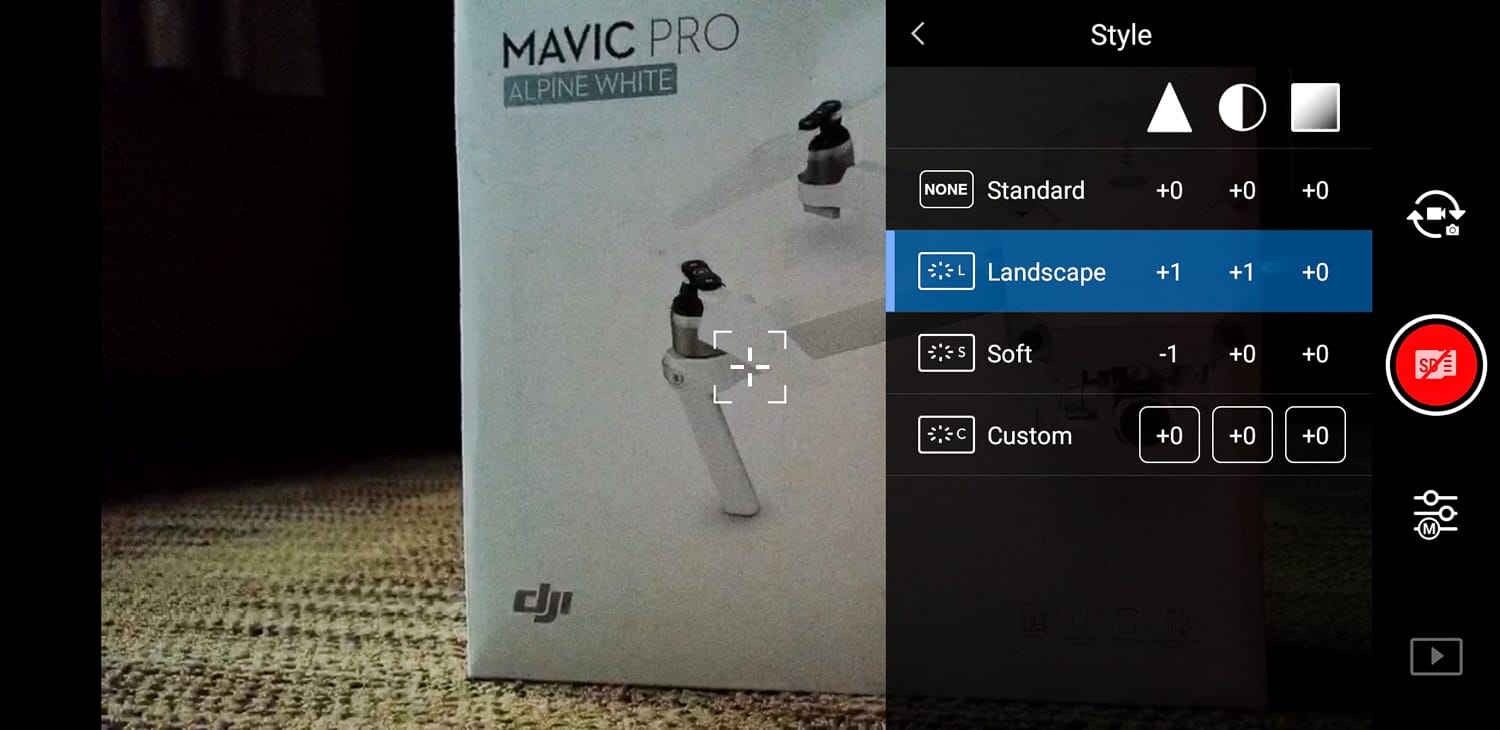
Creative style options
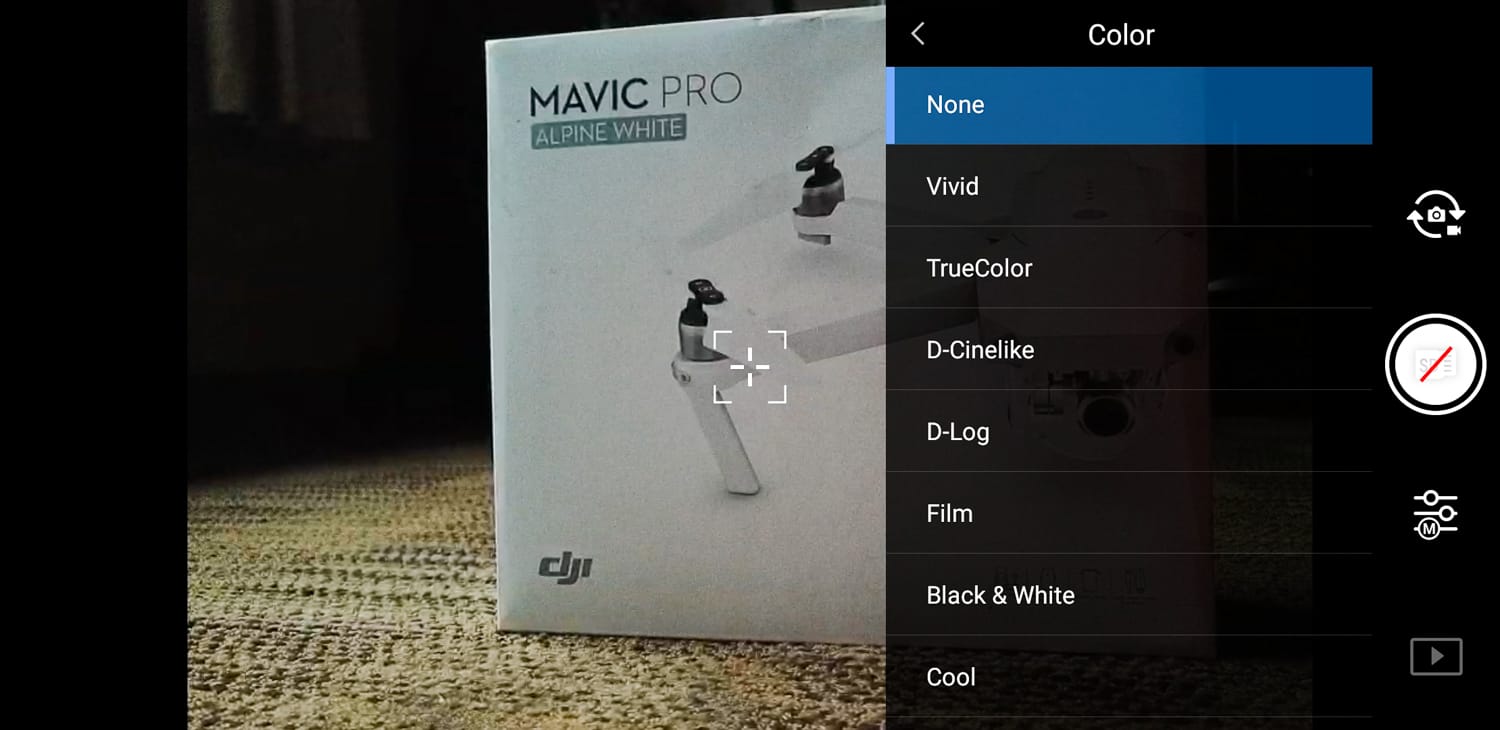
Color grading options inside of the app.
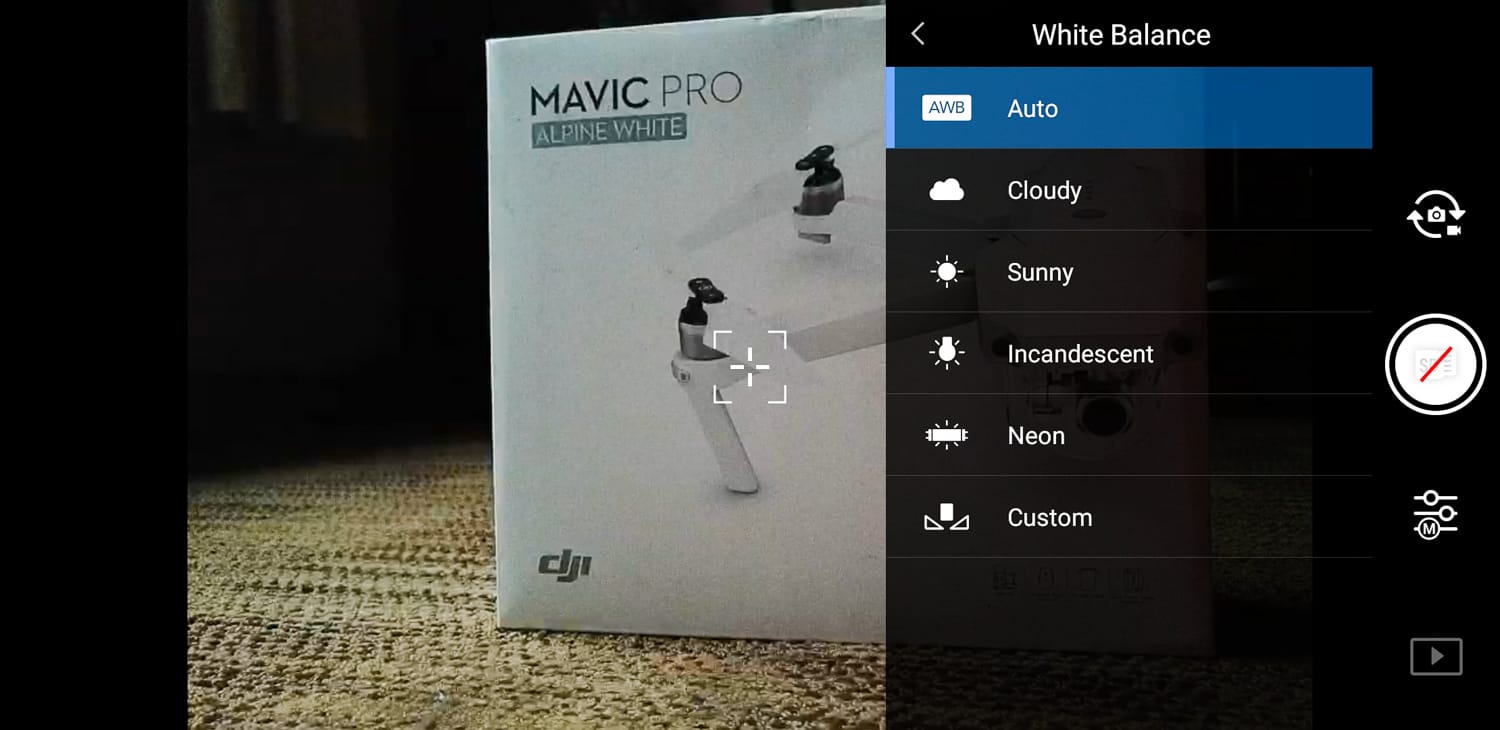
White balance adjustment
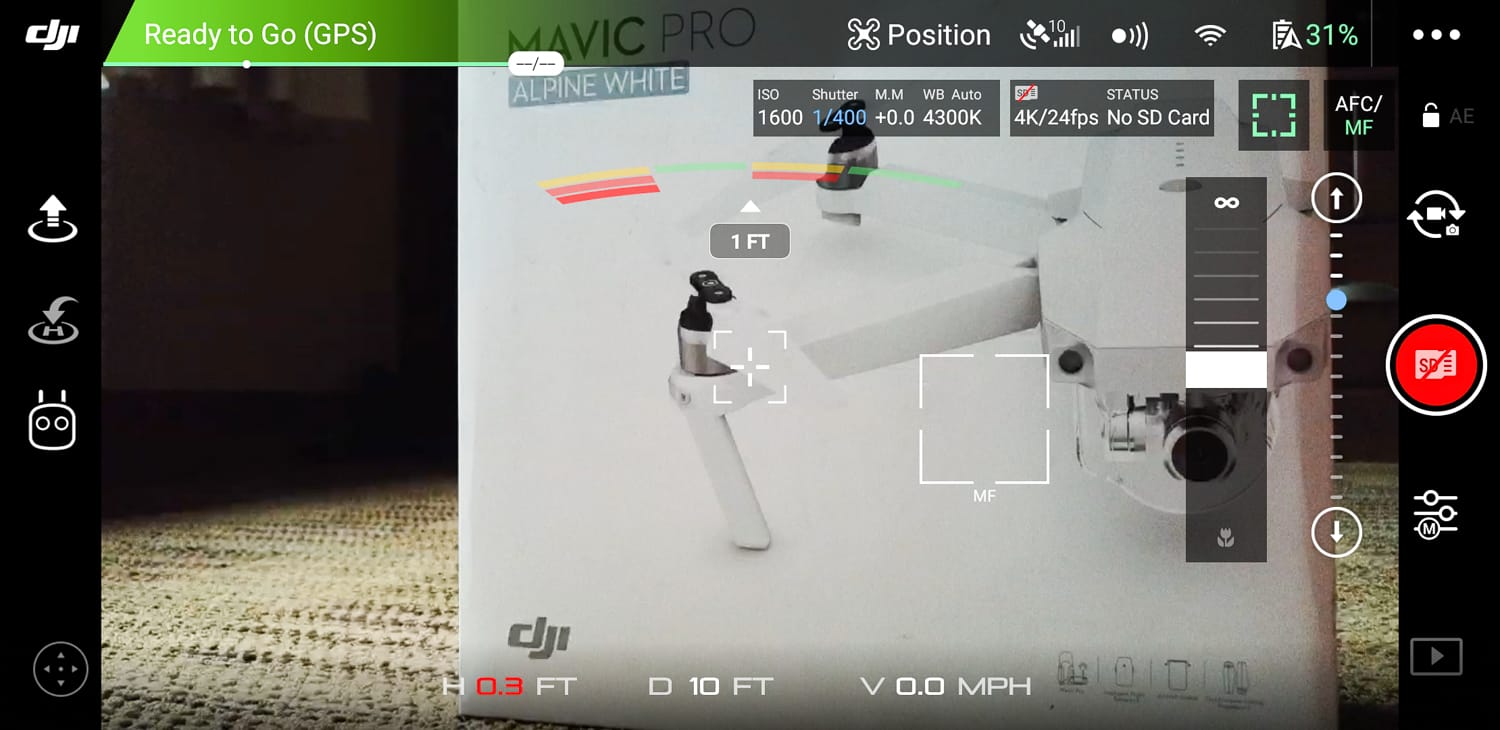
Some gimbal and manual focusing adjustments while in video mode
Test Footage
And last but most certainly not least, here is a quick video I put together using some of the footage shot with the Mavic Pro from DJI.
Final Thoughts on the DJI Mavic Pro
In recent years the influx of aerial photography and videography has changed the way many of us see our work in photography. Some unmanned personal aircraft sporting increasingly outstanding camera systems are now available to the masses and perhaps most importantly, these drones are becoming increasingly affordable. Even the brazen weekend warrior drone enthusiast can produce high-grade photos and videos from seemingly more and more lofty perches.
The Mavic Pro from DJI is something of a marvel of tech innovation that combines solid manufacturing with impressive optics and usability, and somehow manages to meld all this together in a package with a sub-$1,000 price tag at the time of this review.
With the newly announced Mavic Pro 2 coming on the scene in recent weeks… is the sky still truly the limit?
